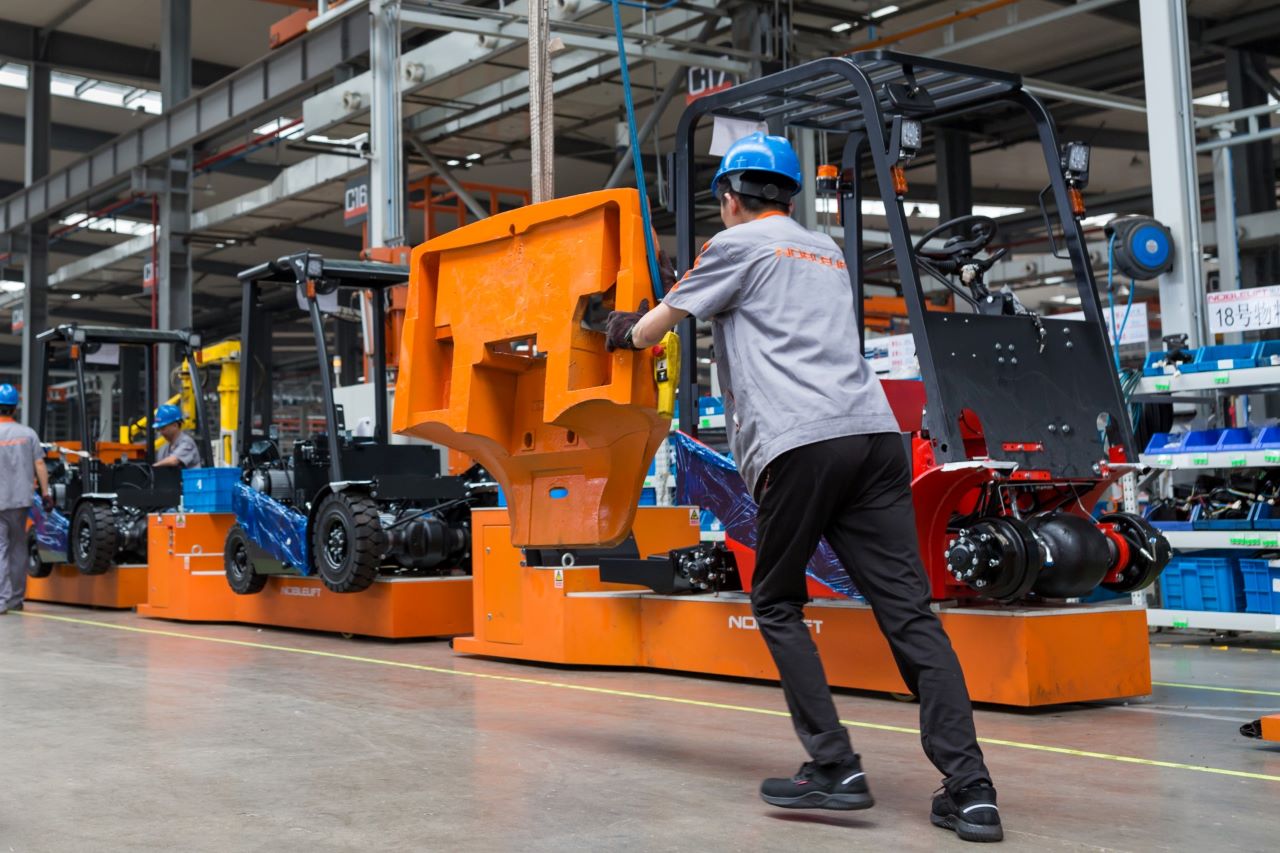
One thing to bear in mind about downtime, is that you can’t entirely eradicate it from every operation, so if you haven’t managed to do that, that’s normal. But, you can drastically reduce manufacturing downtime if you know where to improve, and what change will lead to significant improvements in efficiency as well.
In order to find out where there is room for improvement, you need to implement a way of calculating efficiency, and once you’ve found a place you can improve, consider implementing these ideas.
Reassess and Set Production Goals
One major goal is to create as much output as you can. This is the most common method of determining how efficient your plant is, so it’s definitely an option to focus on. In order to create plenty of output however, you need a production line operating at its highest capability.
Keep in mind there is a need to assess the balance of your production; push your production too fast without taking the necessary time to evaluate and maintain your equipment, and you may end up with more downtime on your hands. Too slow, and you won’t reach your quota. So here are some tips for assessing what you need and how to reach those goals.
Change From Reactive to Proactive
To improve the reaction time of your downtime, change your basic mode of operation from reactive to proactive. When you are only ever reacting to what is happening, you end up decreasing your efficiency because you’re too busy catching up with the demands as you react to the breaks after they happen.
Whereas, being proactive means that you can look ahead to potential pitfalls, ensure that they don’t happen in the first place, and thus save everyone a lot of time and stress. Ultimately, you need to have your own maintenance plan based on real data that your plant produces.
Train & Follow Up
The more highly trained your staff members are, the more efficient they become as they are more familiar with procedures, and how to look for issues before they slow down production.
If you are failing to train your employees, you simply can’t expect them to be prepared for an emergency, and to have the best solutions at hand when the time comes. As well as training, you also want to make sure that you follow up on that training, so you know how well that training is being implemented.
Remove Production Obstacles
It is surprising how many obstacles hinder production speed. It takes assessing from all angles to better understand where there is room for improvement. You might find that touring other plants, or talking to other manufacturing managers will show you the cause of certain problems. Think laterally, be creative, and really try to pay attention to where you can improve your own production line.
You might be surprised about some of the things that can be a problem here, such as a small unit falling apart without any notification, or the fact that no one on a critical shift knows how to fix a certain machine. Sometimes, it could simply be a disorganized layout of your production floor that inhibits your workers from working the most efficiently. Keep an eye out for any problems that can be better addressed and navigated.
Implement Better Monitoring Systems
In order to reduce the possibilities of failing systems, you’ll want reliable monitoring systems. This is not always easy to come across, which is why it’s important to make sure you are doing your research and coming up with the best possible options for your own production line.
The most effective emergency communication and organization is through an andon system, to help improve communication techniques across your production line and your business as a whole. It not only improves your monitoring, but also your communication throughout the company. With these simple yet effective changes, you could have much less downtime and much greater efficiency in no time.
